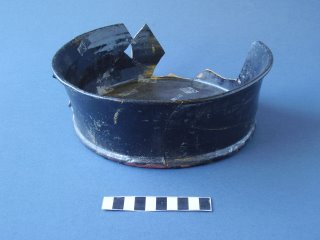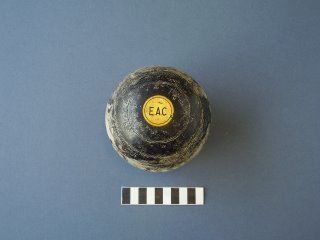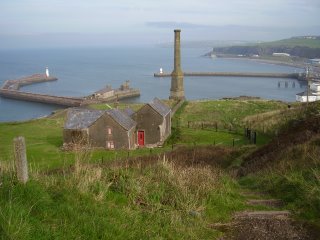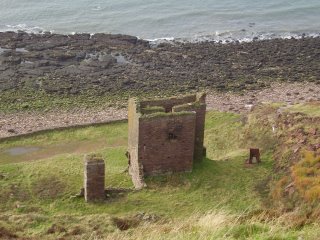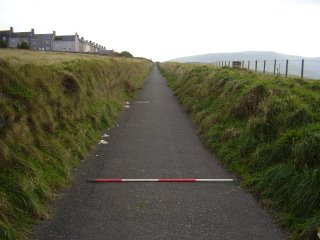Ditherington Flax Mill
Further recording at Ditherington Flax Mill has been ongoing on behalf of English Heritage. Structural repair to the main mill is being accompanied by ongoing archaeological recording. This has enabled us to have a good look at many of the later features associated with the conversion of the building to a maltings in the nineteenth century.
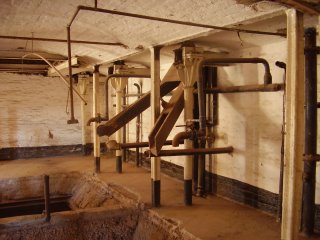 Hoppers and chutes for moving grain around the maltings.
Hoppers and chutes for moving grain around the maltings.
 Hoppers and chutes for moving grain around the maltings.
Hoppers and chutes for moving grain around the maltings.

